A Beginner’s Guide to Vehicle Towing
Towing a vehicle might seem intimidating, especially if you're new to it. Whether you're towing a trailer, a broken-down car, or planning a road trip with an RV in tow, understanding the basics is essential. Towing safely requires knowledge of the right equipment, techniques, and local laws. This beginner-friendly guide will walk you through everything you need to know to get started with vehicle towing confidently.
1. Understand Your Vehicle’s Towing Capacity
Before you tow anything, it's crucial to know how much your vehicle can safely handle. You can find this information in your owner’s manual or on a label inside the driver’s door. The towing capacity includes the weight of the trailer plus the load inside it. Exceeding this limit can damage your engine, transmission, or brakes—and even cause accidents on the road.
Pro tip: Always allow some buffer under your vehicle’s max capacity for safety.
2. Choose the Right Towing Equipment
There are several types of towing equipment, and choosing the right one depends on your towing needs:
Tow Hitch: This is the connection point between your towing vehicle and the trailer. There are different classes of hitches based on the weight they can handle.
Ball Mount & Hitch Ball: These allow for articulation between the trailer and the towing vehicle.
Safety Chains: A crucial backup if the hitch fails.
Trailer Lights Connector: Ensures your trailer’s brake lights and turn signals work in sync with your vehicle.
If you're towing another vehicle (not a trailer), you might need a tow dolly or a flatbed trailer.
3. Learn the Basics of Safe Towing
Safe towing involves more than just hooking up and driving away. Here are key points every beginner should remember:
Distribute Weight Evenly: Load your trailer so that about 60% of the weight is in the front half. This helps avoid fishtailing.
Drive Slower: Towing adds length and weight, which means you need more time to brake and maneuver. Keep your speed at a safe, controlled level.
Make Wider Turns: The trailer will track inside your vehicle’s turn path.
Brake Gently: Avoid sudden stops. Brake gradually to give the trailer time to slow down.
Check Mirrors Often: Use extended side mirrors to keep an eye on your trailer or towed vehicle.
4. Know the Legal Requirements
Different states have different towing laws, including maximum trailer weight, speed limits, and required equipment (like trailer brakes). Be sure to check the laws in your state and any other state you'll be driving through.
Also, verify if your trailer requires registration and insurance. If you're towing another vehicle, check that the license plates and registration are up to date.
5. Practice Before Hitting the Road
Before towing on highways or long-distance trips, practice in a quiet, open space. Focus on:
Backing up with a trailer (it moves in the opposite direction of your steering)
Making sharp turns
Parking
Changing lanes with longer blind spots
This builds confidence and helps you avoid surprises on the road.
6. Be Prepared for Emergencies
Keep a towing emergency kit in your vehicle. It should include:
Tow straps or chains
Reflective triangles or flares
Tire repair tools
A flashlight
Jumper cables
A spare tire (for the trailer too)
Also, have a backup plan in case your vehicle breaks down while towing. Knowing who to call can save you time and stress.
Need Professional Towing Help in Hawaii?
If you're feeling unsure or run into trouble while towing, it's always best to contact professionals. Discount Towing HI, based in Hawaii, offers reliable and affordable towing services for vehicles of all sizes. Whether you need help towing a broken-down car, moving a trailer, or recovering a vehicle after an accident, our expert team is just a call away. Call Discount Towing HI today and let the pros handle your towing needs safely and efficiently.

